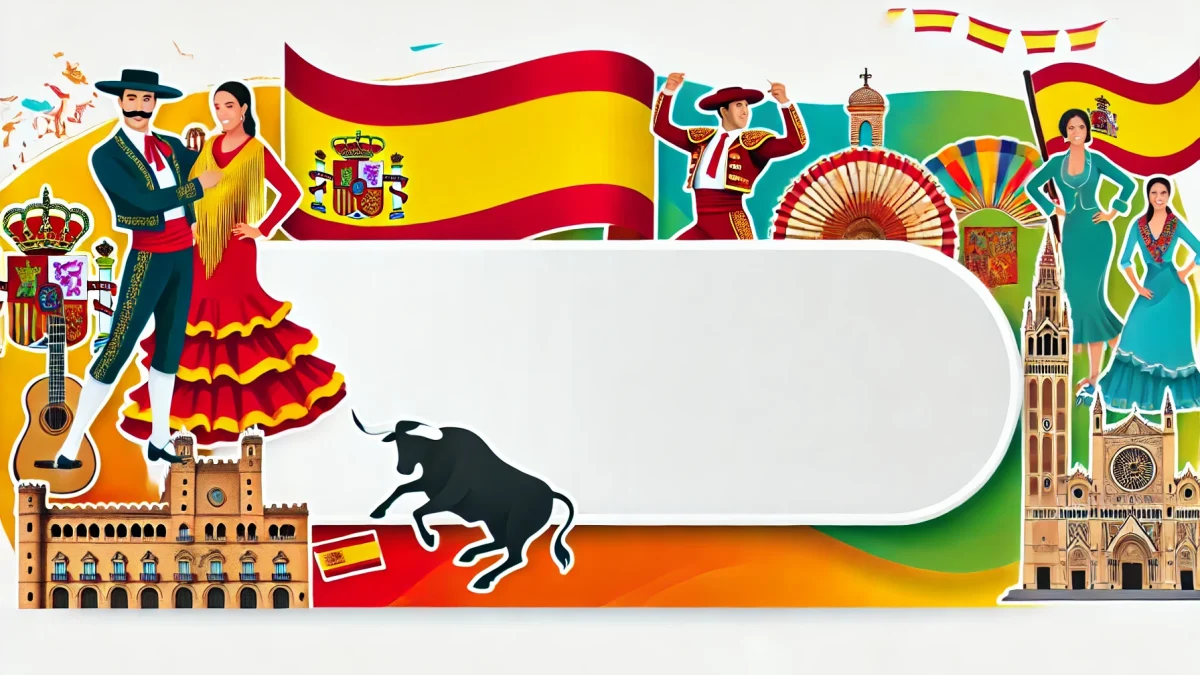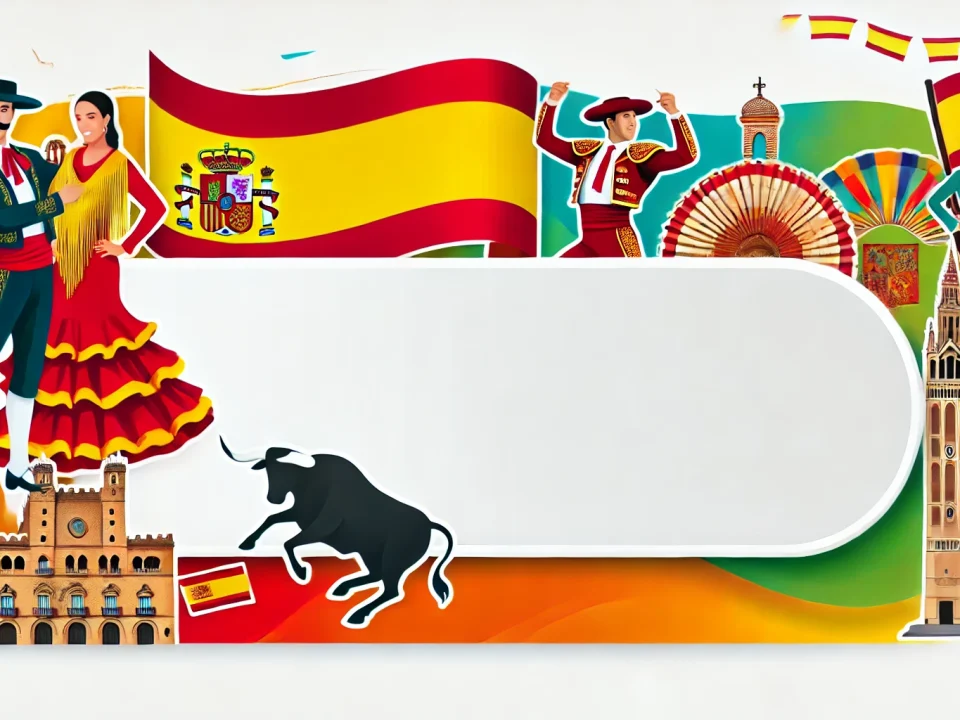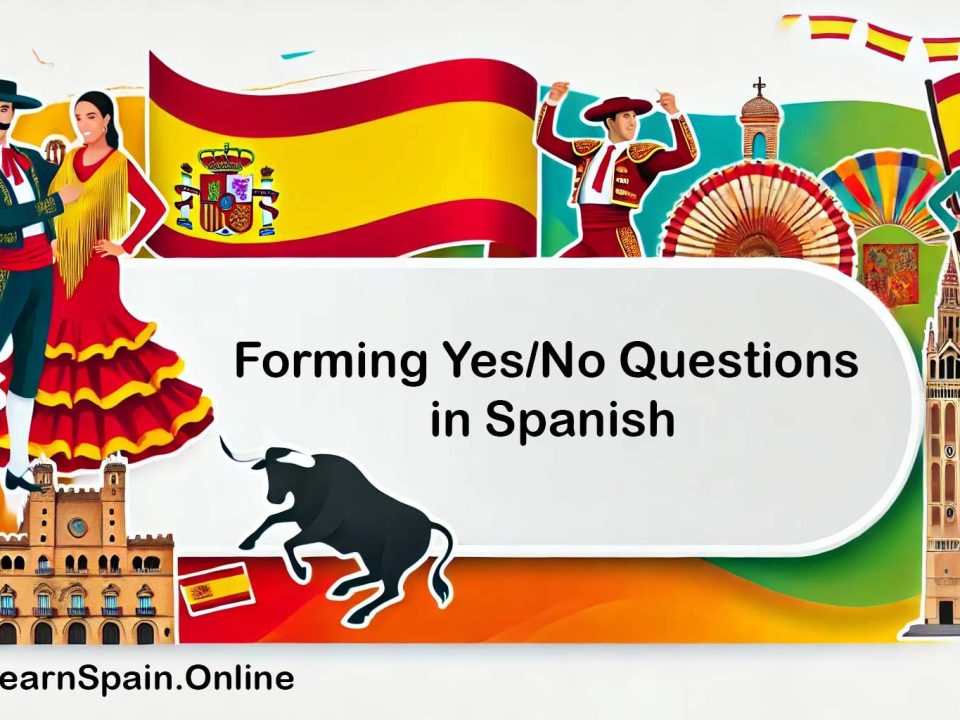
Basic Colors in Spanish: A Comprehensive Guide
July 17, 2024
Possessive Adjectives in Spanish: A Comprehensive Guide
July 17, 2024Adjectives and Agreement in Spanish: A Comprehensive Guide
Learning about adjectives and their agreement in Spanish is crucial for effective communication. Adjectives describe nouns and must agree with them in gender and number. This comprehensive guide will cover the basics of adjectives in Spanish, their different forms, rules for agreement, and provide plenty of examples to illustrate these concepts.
What Are Adjectives?
Adjectives are words that describe or modify nouns. In Spanish, adjectives usually come after the nouns they describe, which is different from English where adjectives typically come before the noun.
Basic Rules for Adjective Agreement
Adjectives in Spanish must agree with the noun they describe in both gender (masculine or feminine) and number (singular or plural).
Gender Agreement
- Masculine Singular: Adjectives typically end in -o for masculine singular nouns.
- El perro negro (The black dog)
- Feminine Singular: Adjectives typically end in -a for feminine singular nouns.
- La casa blanca (The white house)
- Masculine Plural: Adjectives end in -os for masculine plural nouns.
- Los perros negros (The black dogs)
- Feminine Plural: Adjectives end in -as for feminine plural nouns.
- Las casas blancas (The white houses)
Number Agreement
- Singular: The adjective matches the singular noun in gender.
- El coche rojo (The red car)
- La silla roja (The red chair)
- Plural: The adjective matches the plural noun in gender.
- Los coches rojos (The red cars)
- Las sillas rojas (The red chairs)
Adjectives Ending in -e or a Consonant
Some adjectives do not change for gender but do change for number. These adjectives typically end in -e or a consonant.
- Adjectives Ending in -e:
- El libro interesante (The interesting book)
- La película interesante (The interesting movie)
- Los libros interesantes (The interesting books)
- Las películas interesantes (The interesting movies)
- Adjectives Ending in a Consonant:
- El coche azul (The blue car)
- La casa azul (The blue house)
- Los coches azules (The blue cars)
- Las casas azules (The blue houses)
Irregular Adjectives
Some adjectives are irregular and do not follow the standard rules for agreement.
- Bueno (good):
- Masculine Singular: bueno
- Feminine Singular: buena
- Masculine Plural: buenos
- Feminine Plural: buenas
- Example: El libro bueno, la película buena, los libros buenos, las películas buenas
- Malo (bad):
- Masculine Singular: malo
- Feminine Singular: mala
- Masculine Plural: malos
- Feminine Plural: malas
- Example: El día malo, la semana mala, los días malos, las semanas malas
- Grande (big):
- Singular: grande
- Plural: grandes
- Example: El perro grande, la casa grande, los perros grandes, las casas grandes
Position of Adjectives
In Spanish, the position of adjectives can vary and affect the meaning of the sentence. Generally, descriptive adjectives follow the noun, while adjectives that indicate quantity, quality, or subjective judgments precede the noun.
- Descriptive Adjectives:
- La casa grande (The big house)
- El coche rápido (The fast car)
- Quantitative and Subjective Adjectives:
- Muchos libros (Many books)
- Pocos problemas (Few problems)
- Buena idea (Good idea)
Examples in Sentences
- El gato negro (The black cat)
- La gata negra (The black female cat)
- Los gatos negros (The black cats)
- Las gatas negras (The black female cats)
- El coche nuevo (The new car)
- La silla nueva (The new chair)
- Los coches nuevos (The new cars)
- Las sillas nuevas (The new chairs)
- El libro interesante (The interesting book)
- La película interesante (The interesting movie)
Common Mistakes and How to Avoid Them
- Forgetting Gender Agreement: Always ensure that the adjective matches the gender of the noun.
- Incorrect: El casa blanca
- Correct: La casa blanca
- Forgetting Number Agreement: Ensure the adjective matches the number of the noun.
- Incorrect: Las coches nuevos
- Correct: Los coches nuevos
- Misplacing Adjectives: Be mindful of the position of adjectives as it can change the meaning.
- Incorrect: Casa grande
- Correct: La casa grande
Practice Exercises
To reinforce your understanding of adjectives and agreement in Spanish, try these exercises:
- Translate the Adjectives: Write the Spanish adjectives for the following phrases:
- The red car (masculine singular)
- The black cats (masculine plural)
- The interesting books (masculine plural)
- The blue houses (feminine plural)
- Complete the Sentences: Fill in the blanks with the correct form of the adjective, ensuring agreement in gender and number:
- El perro es __ (big).
- Las manzanas son __ (red).
- Los estudiantes son __ (intelligent).
- La mesa es __ (white).
- Match the Adjectives: Match the Spanish adjectives with their English equivalents:
- Rojo
- Azul
- Interesante
- Grande
- Blanco
- Negro
- Black
- Red
- Blue
- White
- Interesting
- Big
- Translate the Sentences: Translate the following sentences into Spanish:
- The big house is white.
- The blue cars are fast.
- The interesting books are on the table.
- The intelligent students are studying.
Conclusion
Understanding adjectives and their agreement in Spanish is fundamental for speaking and writing correctly. By mastering the rules of gender and number agreement, you can describe nouns accurately and enhance your communication skills. Remember to practice regularly and pay attention to the position of adjectives in sentences to convey the intended meaning effectively. With dedication and consistent practice, you will become proficient in using adjectives in Spanish.
Start incorporating these rules and examples into your daily Spanish practice, and you’ll soon find yourself speaking with greater fluency and confidence. ¡Buena suerte! (Good luck!)
Links:
Spanish Grammar
Spanish Vocabulary
Spanish Listening
Spanish Stories


